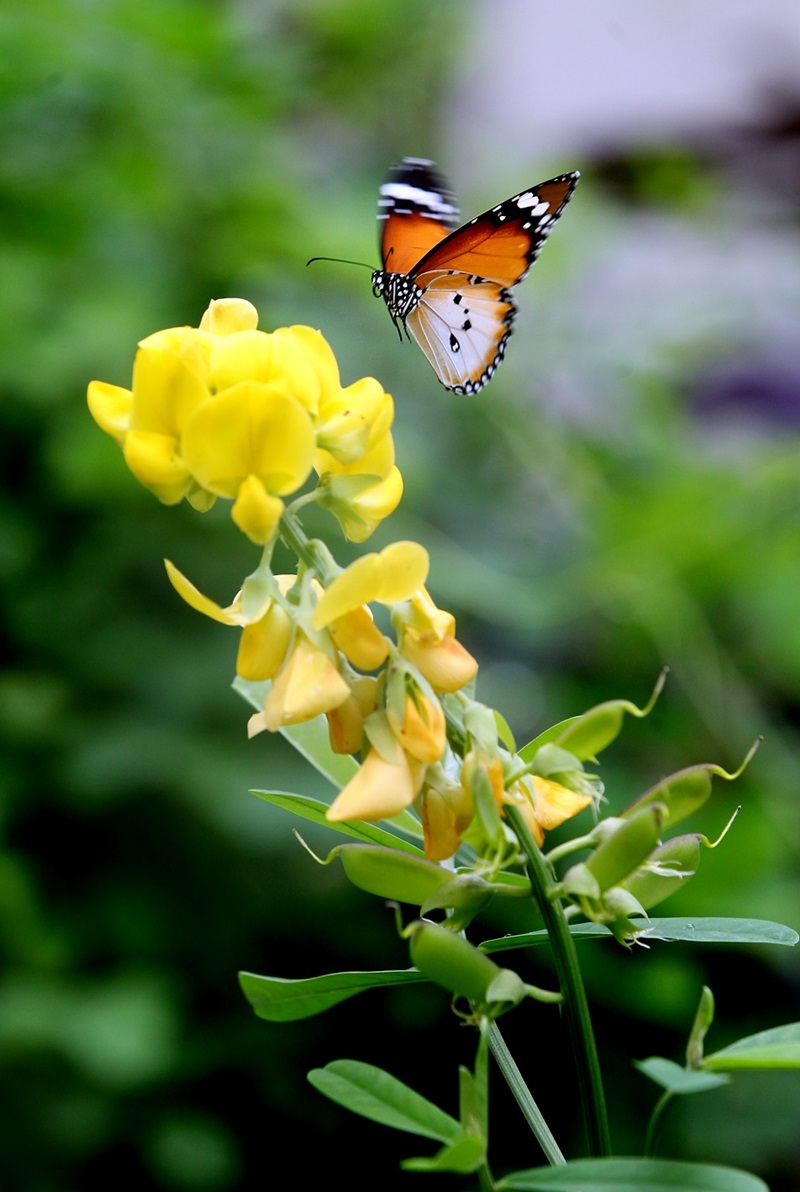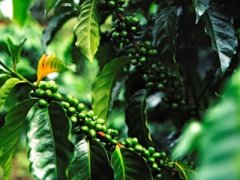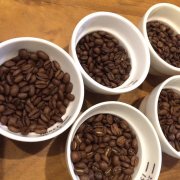Coffee flavor simple description and meaning of coffee flavor in English
Words to describe coffee flavor
Flavor Flavor: the overall impression of aroma, acidity, and mellowness.
Odor Aroma: the smell and aroma emitted after the coffee has been prepared. Including caramel, carbon roast, chocolate, fruit, grass, malt and so on.
Bitter Bitter: bitterness is a basic sense of taste, and the sensory area is distributed at the base of the tongue. The bitterness of deep baking is deliberately created, but the common cause of bitterness is too much coffee powder and too little water.
Sweet Sweet: in essence, it is like fruit, and it also has something to do with the taste of wine.
Salty Briny: after brewing, if the coffee is overheated, it will produce a salty taste.
Strong Strong: technically, it describes the advantages and disadvantages of various tastes, or the relative ratio of coffee to water in a particular conditioned product. In terms of popular usage, it describes the strong flavor of deep-roasted coffee.
Wild Wild: describes coffee with extreme taste characteristics.
Light Bland: coffee grown in lowlands, usually quite light and tasteless. Coffee with insufficient coffee powder and too much water will have the same light effect.
Mild Mild: describes a coffee with a harmonious, delicate flavor, and is used to refer to all plateau coffee except Brazil.
Soft Soft: describe low-acidity coffee such as Indonesian coffee, also described as mellow or sweet.
Wine flavor Winy: fruit-like acidity and smooth mellow, creating a contrast of special flavor.
Acidity Acidity: the strong acidity of all coffee grown on the plateau. The sour here is different from bitterness and Sour, and has nothing to do with pH value. It refers to a fresh and lively quality that promotes coffee to exert its functions of invigorating the mind and clearing the taste. The acidity of coffee is not the acidity or sour smell of acidity or alkalinity, nor is it an uncomfortable acid that enters the stomach. When making coffee, the performance of acidity is very important. under good conditions and skills, a special taste with fresh acidity can be developed, which is a necessary condition for high-grade coffee. The sour taste of coffee describes a lively, bright flavor, which is somewhat similar to that used in wine tasting. If the coffee bean lacks acidity, it is equal to lose vitality, taste empty and boring, without layer depth. Acidity has many different characteristics, such as coffee beans from Yemen and Kenya, which have an impressive fruity aroma and a red wine-like texture.
Sour Sour: a sense of taste in which the sensory area is mainly located at the back of the tongue and is characteristic of light roasted coffee.
Aromatic alcohol Mellow: used to describe coffee with a good balance of acidity.
Mellow Body: the taste of the tongue after drinking coffee. The change of mellowness can be divided into light to light, medium, high, fat, and even Indonesian coffee is as thick as syrup.
Unique Exotic: describes coffee with its unique aroma and special flavor, such as flowers, fruits and spices. Coffee from East Africa and Indonesia usually has this property.
Spicy Spicy: a flavor or smell reminiscent of a particular spice.
Earthy Earthy: commonly used to describe spicy and earthy Indonesian coffee, not with an earthy taste.

Important Notice :
前街咖啡 FrontStreet Coffee has moved to new addredd:
FrontStreet Coffee Address: 315,Donghua East Road,GuangZhou
Tel:020 38364473
- Prev

Planting conditions and environmental methods of coffee trees require the growth process of fruit coffee cherries
Coffee is a perennial evergreen shrub or small tree of Rubiaceae. It is a horticultural perennial cash crop with the characteristics of fast growth, high yield, high value and wide market. Wild coffee trees can grow to a height of 5 to 10 meters, but coffee trees planted on the manor are often cut to a height of less than 2 meters in order to increase the amount of fruit and facilitate harvesting. The opposite leaves of coffee trees are long oval.
- Next

Basic and advanced sharing of coffee roasting experience and knowledge
From turning on the heat engine and putting in the coffee raw beans, watch the temperature of the roaster rise until the return point, wait for the first explosion, or wait for the second explosion to complete the baking. Roasting coffee may seem simple, but it is actually an art that requires experience. Generally speaking, experienced bakers will have an in-depth understanding of the original taste and characteristics of raw beans. From coffee
Related
- Beginners will see the "Coffee pull flower" guide!
- What is the difference between ice blog purified milk and ordinary milk coffee?
- Why is the Philippines the largest producer of crops in Liberia?
- For coffee extraction, should the fine powder be retained?
- How does extracted espresso fill pressed powder? How much strength does it take to press the powder?
- How to make jasmine cold extract coffee? Is the jasmine + latte good?
- Will this little toy really make the coffee taste better? How does Lily Drip affect coffee extraction?
- Will the action of slapping the filter cup also affect coffee extraction?
- What's the difference between powder-to-water ratio and powder-to-liquid ratio?
- What is the Ethiopian local species? What does it have to do with Heirloom native species?

